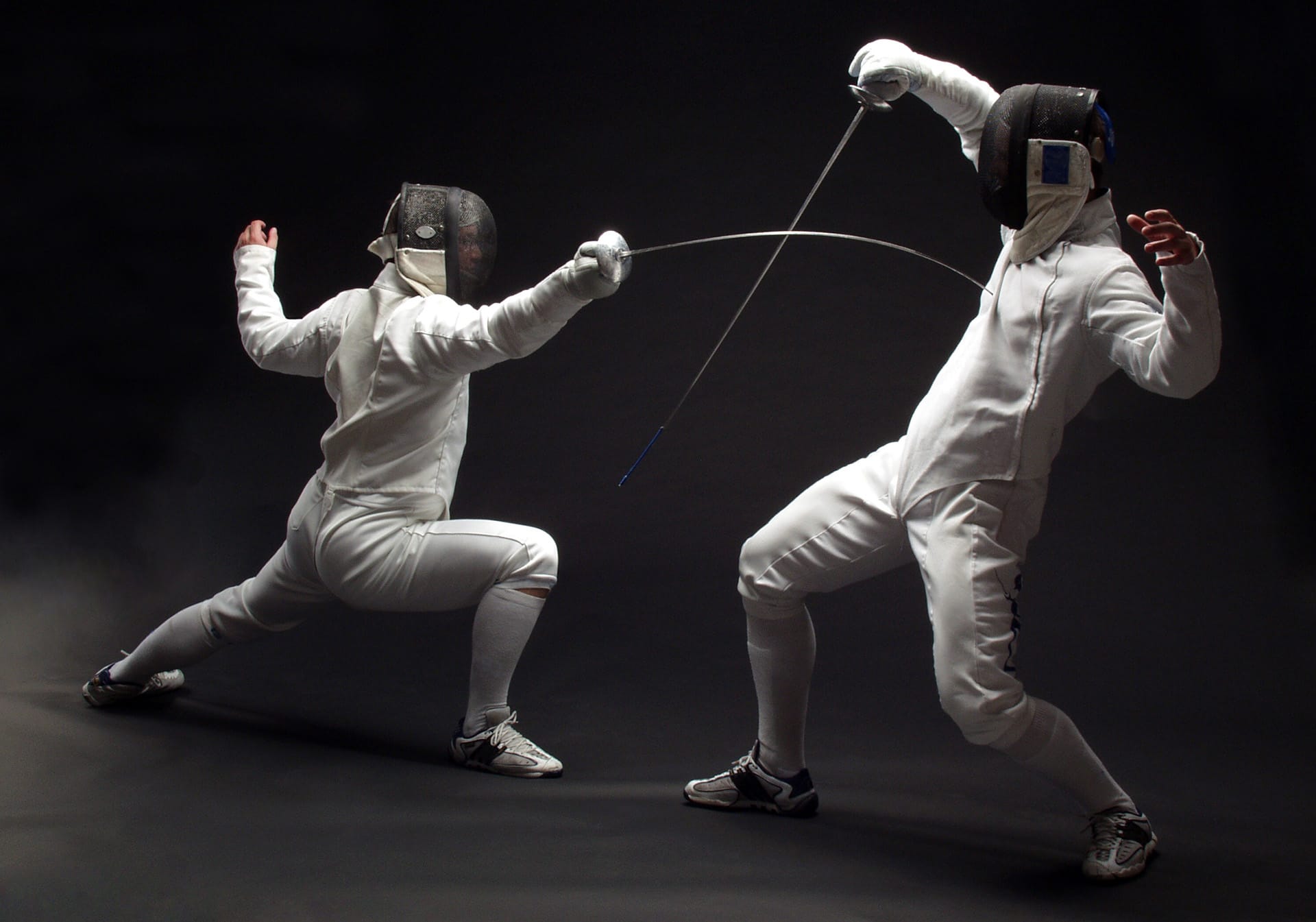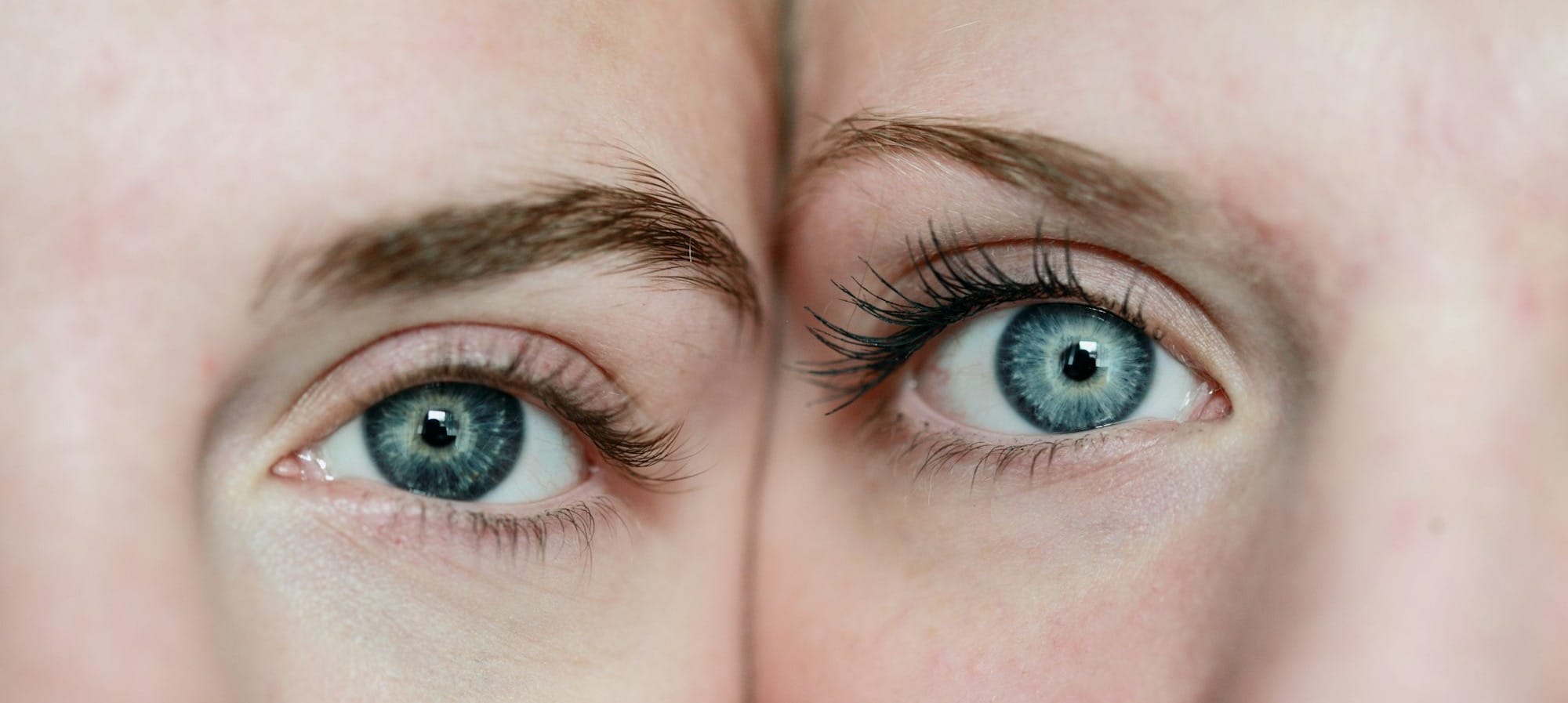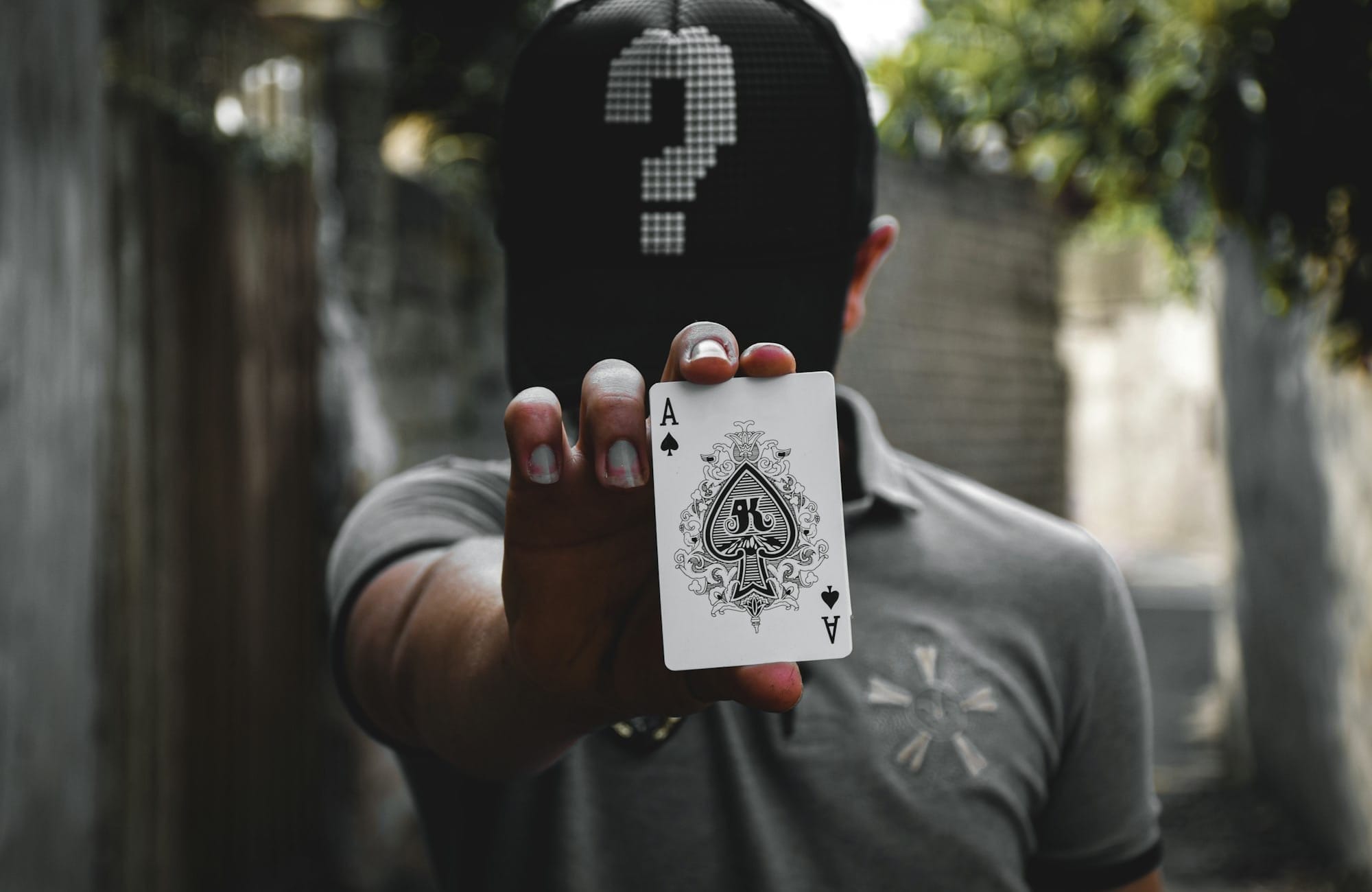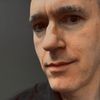Triangulating Truth (part 1): Reducing Mistaken Beliefs
Something can appear to be true, until we examine it from a different perspective. How do we reduce our risk of getting it wrong and making choices we might later regret?

We all know from personal experience that something can appear to be true initially, but cease to be true once we examine it from a different perspective:
- That chunk of bread may appear like it could satisfy our hunger… until we touch and taste it, revealing it’s a prop made of papier-mâché.
- That photograph on social media may appear like someone has ‘the perfect everything’… until we spend a week with them.
- That product may appear to be ‘safe and effective’ from its initial fanfare… until reports of harmful consequences start coming in.
- That individual may appear to be ‘a modern day saviour’… until their actions become increasingly difficult to justify.
- That group may appear to be the aggressor in the latest conflict… until we learn there’s another side to the story.
In all such examples, the more information we gather about something, the less the reality matches our initial perception. What we first believe to be true can quickly turn out to be incomplete or just plain wrong.
Real life doesn’t have an undo button
If we’ve already taken action or picked a side based on that initial perception, it becomes far harder for us to correct it because of the emotional, psychological and social attachments we must now untangle. Eating ‘humble pie’ in front of our peers is one thing, but living with consequences we can never undo brings a whole other level of regret.
Somehow we need to grow better at getting it right first time, before we reach that point of no return. That’s where overlapping channels of information come in. Once we learn how to use them to triangulate truth, we’ll be:
- Less prone to error
- Less attached to mistaken beliefs
- More likely to grow in wisdom and truth.

The need for information reminds us of our limitations
All of us share something in common with every other human being, no matter how clever, successful or wealthy they might be:
We are all limited in time and space.
Due to this limitation, none of us can ever see the complete picture. We therefore only ever glimpse a fraction of the truth. The rest we must ‘construct’ in the virtual reality of our minds.
Therefore:
As finite human beings—unable to be everywhere all at once—we are totally and utterly dependent on the channels of information we have available to us.
Two perspectives are better than one
Consider our two eyes, or two ears. We can already see or hear without that second one, so why is the body wasting valuable energy and resources growing and maintaining a duplicate? Why not have a single eye, like the Cyclopes of Greek mythology, for example?

The moment we block one of our eyes or ears we lose the ability to pinpoint something precisely. There’s wiggle-room, so to speak. Even though that second eye or ear is performing the exact same job as the first one, they are approaching the same world from an almost imperceptibly different position. Often there’s a significant overlap between the two, but both contribute information the other cannot.
By combining the information from each of our two eyes or ears, we immediately place whatever we are looking at, or listening to, into its proper context. We lock down the wiggle-room, reducing the ambiguity and room for error.
The additional depth and dimensionality we get from the exact same channel of information, but positioned ever so slightly differently (mere centimetres!) is sufficient to prevent us pouring boiling water onto the table instead of into the mug, or turning our heads in the wrong direction when crossing the street.
Getting a closer match to truth
Our two eyes and two ears, with their divergent but overlapping windows on the universe, have given us a better match to truth.
As a result, our knowledge of how things relate to one another—including our own relationship to the external world—is also a better match. That’s going to make our interactions more appropriate, more time and energy efficient, and generally less prone to error.
And all it took was a slightly different perspective. We simply used that different window on the world as an additional channel of information to triangulate truth, using:
- The convergence (meeting point) of the two different perspectives to identify what doesn’t change, no matter how we approach it.
- The divergence (how they differ) of the two perspectives to reveal the otherwise hidden or unknown.
- The integration of the two perspective to provide context: how does what we’re observing relate to the ‘bigger picture’, at least as far as we’re concerned?

As we shall see in future articles, these three principles—convergence, divergence, integration—apply to all such attempts to triangulate truth using multiple channels of information, whether the information comes from ourselves or from another.
Nature’s lesson on truth
Consider the significance of what nature is telling us here:
Even when we have the same individual using the exact same channel of information, we still gain from different perspectives capable of sharing common ground.
If this is so when we’re only considering our own way of understanding the world, how much more so when dealing with the perspectives of others?
Expanding our personal window on reality
Of course, even a thousand eyes within the same individual will never enable someone to see the back of what they’re looking at—a fact that theatre scenery and filmset designers take great advantage of.
For that, we’d need an additional set of eyes (or sometimes a mirror), positioned on the other side of the object we’re looking at.
Even then, in order for a separate set of eyes to be of any value to us in our own triangulation of truth, we’d need to be able to acknowledge and accept that even though it is a different window on reality, it is just as valid as our own.

Can we trust another’s set of eyes?
When we start thinking about information from a different set of eyes—or any other channel of information—there are all sorts of factors we need to consider. Let’s use the example of backstage at the theatre to help us unpack this:
- A “separate set of eyes” (e.g. backstage) offers little-to-no overlap with our own window on the world. There is only divergence.
- Without an overlap, we are totally dependent on them for any information they give us.
- They could give us all of the information, some of the information, none of the information, false information, or a mixture of truth and falsity.
- In order to acknowledge and accept that their perspective is just as valid as our own requires trust—that is, total belief in something other than ourselves.
- If that channel of information has no goals of its own (e.g. it is a ‘dumb’ camera with a fixed task), it may be easier for us to trust because there is little-to-no variability in the information it can provide us with.
- However, if that channel does have its own goals, then trusting it may depend on whether or not its own goals align with our own.
- We also need the capacity and openness to receive the information before we get to “see through another’ eyes”.
Again, we will see in future articles how all these factors generalise anytime we are considering information from a source other than ourselves.
Illusions of reality
So what appears to be true from one perspective can be nothing more than an illusion, a product of our own limited window on the world.
Such limitations are elegantly demonstrated with optical illusions, like this one, for example:

The limitations of our knowledge also allows illusions to be deliberately crafted to create a false realities, as we saw above with the example of the theatre or filmset. Stage magicians are another excellent example.
Somehow audiences are capable of contextualising such falsity as being “for entertainment purposes only”. We know it is only “make-believe”; the deceit is both consensual and self-contained.
But not all ‘engineered realities’ are consensual:
Exploiting another person’s lack of all-knowingness to serve our own interests at the expense of their’s is another matter entirely—especially if we control their access to information.
In fact, this topic is so important (and timely) that we will be exploring it more fully in a separate series on Power.

But do we know?
We can safely conclude that false realities or incomplete realities are inevitable, due to our inherent limitations as finite beings. It is our limitations that allow our senses to ‘play tricks on us’ and for others to shape our realities through the information they provide us with.
So the main question we need to keep asking ourselves is:
Do we know when something is an illusion,
or do we believe it to be the truth?
The question’s the same whether we are relying on our own channels of information (such as our senses) or depending on the information provided to us by others.
Either way, there are lots of opportunities for us to be wrong, at least initially. So in Part 2, we introduce a step-by-step guide to triangulating truth.

